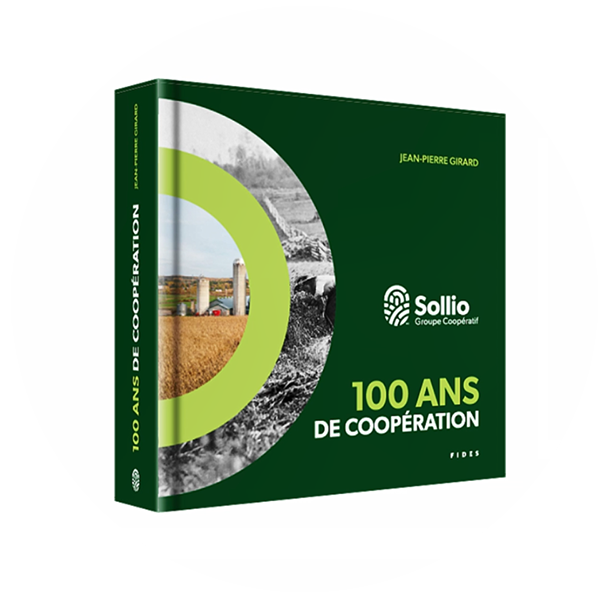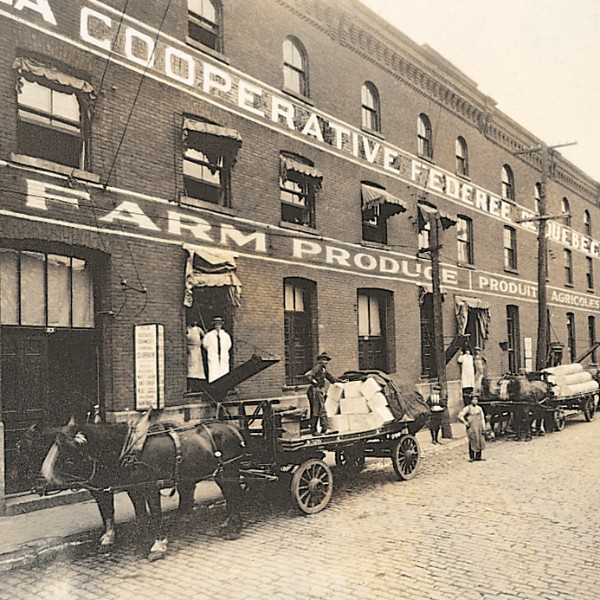In 1918, three cooperatives played a central role in Quebec agriculture: the Coopérative des fromagers de Québec, the Comptoir coopératif de Montréal and the Société des producteurs de semences de Sainte-Rosalie. The competition between them hindered not only their respective development, but the future of the cooperative movement as a whole. The idea of a merger was launched, but not everyone was in favour of it.
See more.Les pourparlers se poursuivent quelques années, mais avortent à chaque fois. En 1921, les trois coopératives sont confrontées à une crise économique qui se traduit par une importante chute des prix des denrées agricoles. Au même moment, le dirigeant de la Coopérative centrale des agriculteurs se présente en politique et procède à la vente du Bulletin des agriculteurs, ce qui indispose le ministre de l'Agriculture de l’époque. Ce dernier, par représailles, remplace les dirigeants de la coopérative par des membres de son choix et soumet un texte de loi pour créer la Coopérative fédérée de Québec en fusionnant les trois centrales coopératives.
The merger meeting of the three central cooperatives is called for on October 31, 1922. It was attended by 200 people, who agreed to the merger. This is how the Coopérative fédérée de Québec came into being, just after receiving royal assent on December 29, 1922.
See more.En plus de l’arrêt de la concurrence entre les coopératives, la fusion présentait de nombreux avantages. Les fonctions respectives des trois organisations permettaient une meilleure utilisation de la main d’œuvre et des locaux, et de cette manière, le groupe bénéficiait d’un meilleur pouvoir de marchandage auprès des fournisseurs.
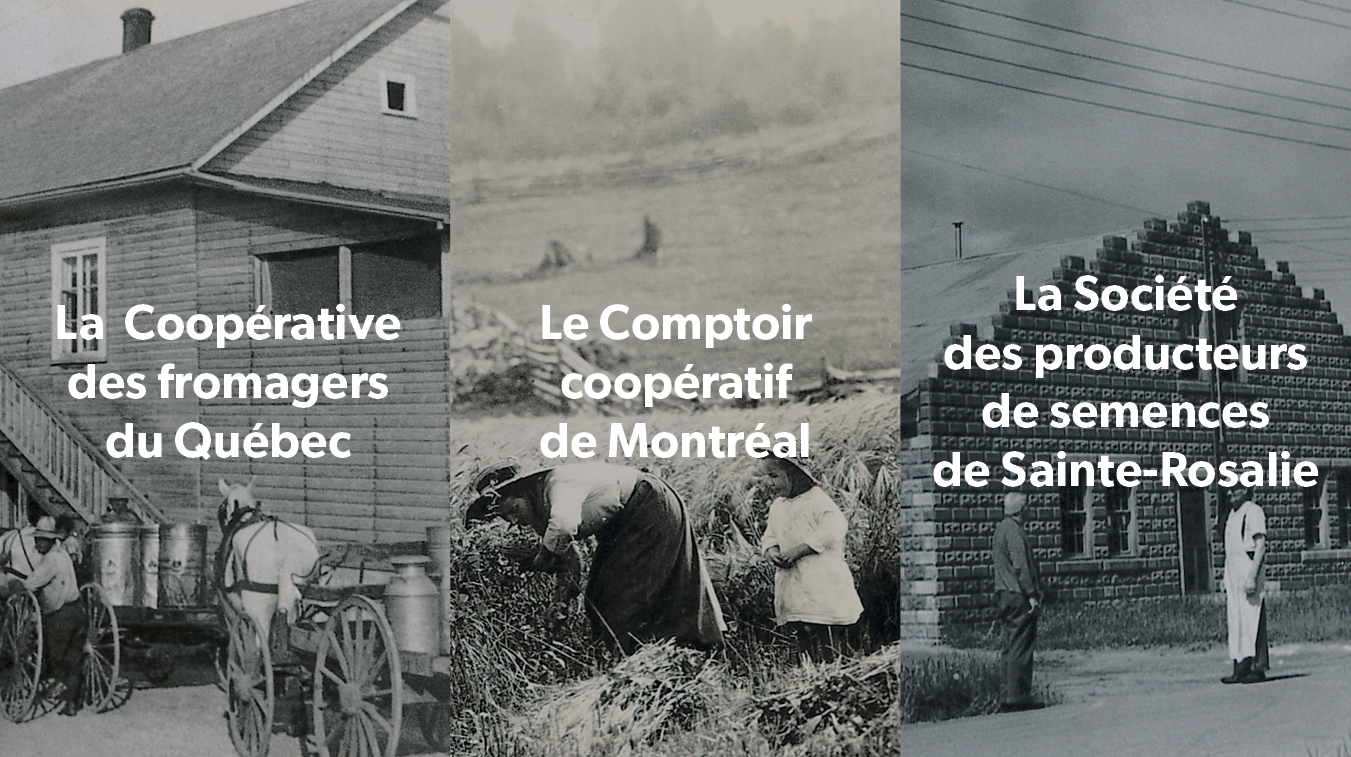
Entry into the sale of equipment for farms in the dairy sector.
See more.Avec l’arrivée de l’électricité dans les zones rurales, la trayeuse connait beaucoup de succès vu le temps qu’elle permet de sauver aux producteurs. Leur popularité est si grande que la Coopérative fédérée de Québec peine à fournir à la demande ! Les trayeuses disponibles seront placées dans le plus de paroisses possible, souvent chez un personnage en vue dans le village.
Modernisation et mécanisation des installations avicoles et des meuneries de la Coopérative.
L’ancien service de la mécanique agricole est réorganisé en 1945. En plus du matériel de beurrerie et de fromagerie, il est désormais en mesure d’équiper les postes de mirage et d’abattage de volailles et les meuneries québécoises.
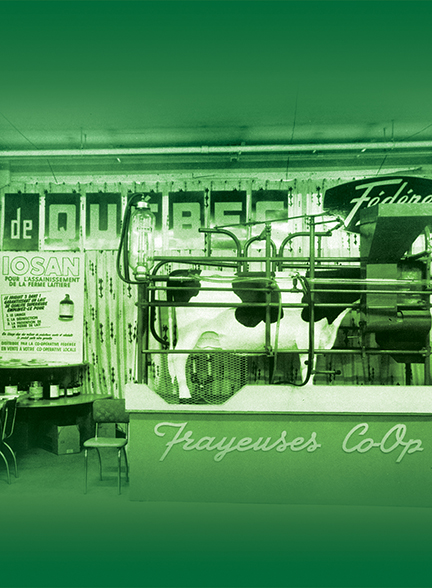
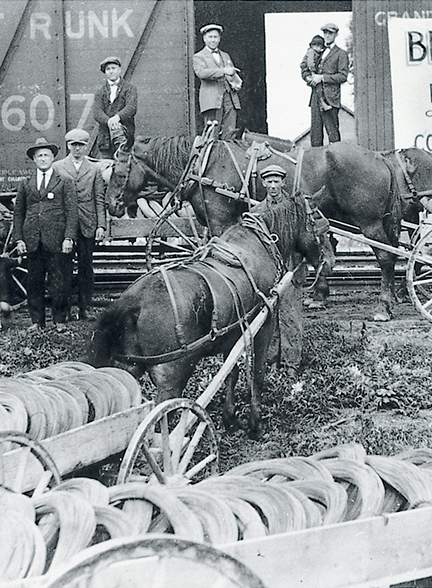
Le commerce du pétrole, moins spécifiquement agricole que les autres services dispensés par la Coopérative fédérée de Québec, nait d’un besoin exprimé par les cultivateurs. Ceux-ci ne connaissent pas le produit et peinent donc à faire confiance aux distributeurs. La Coopérative fédérée de Québec entre dans le secteur en achetant la compagnie Piette & Frères de Joliette. Après 1970, le marché se transforme avec l’arrivée des tracteurs diesel et la coopérative adopte une politique favorisant l’ouverture de stations-service pour desservir les populations rurales.
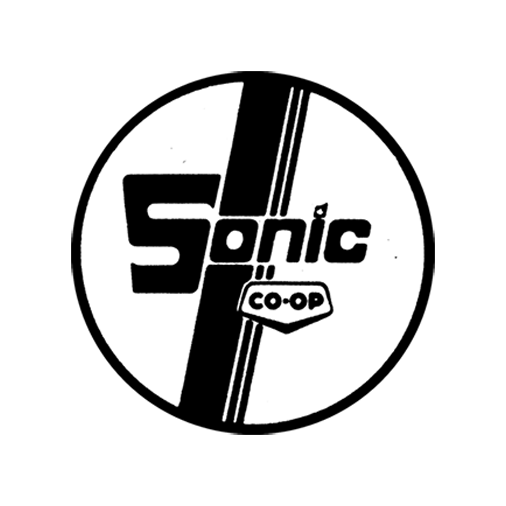
Creation of the hardware and agricultural machinery sector with the opening of a distribution center in Trois-Rivières.
See more.
Les produits de quincaillerie sont de plus en plus demandés par les agriculteurs et la Coopérative fédérée de Québec souhaite donc distribuer aux magasins agricoles des coopératives une gamme plus large de produits. La bannière Quincaillerie Co-op est alors créée et connait dès son lancement un grand succès.

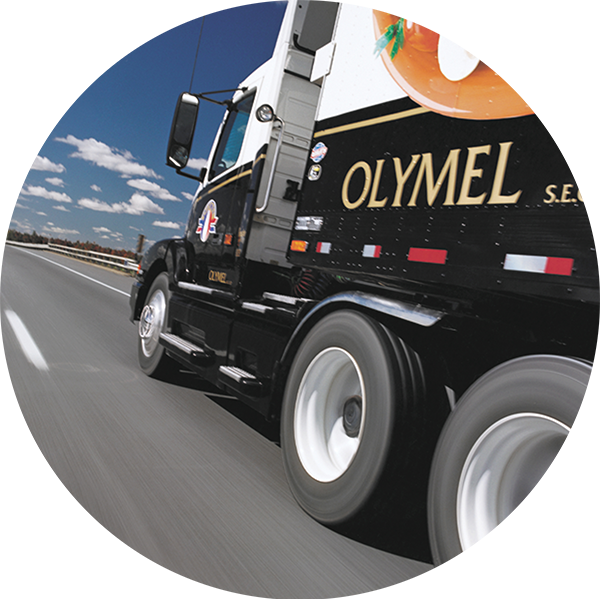
Olymel establishes itself in Western Canada with the acquisition of the Red Deer slaughterhouse in Alberta.
See more.La position dominante d’Olymel sur le marché québécois et la situation stratégique de l’Alberta expliquent cette volonté d’expansion vers l’Ouest. La province connait alors un accroissement de la production porcine et sa proximité des ports de la côte ouest permet de gagner quelques jours pour l’exportation au Japon. Olymel contribue ainsi à établir la notoriété du porc québécois à l’étranger, ce qui se concrétise par une croissance des exportations. L’entreprise est en effet le premier exportateur canadien de viande de porc, surtout des produits à valeur ajoutée.
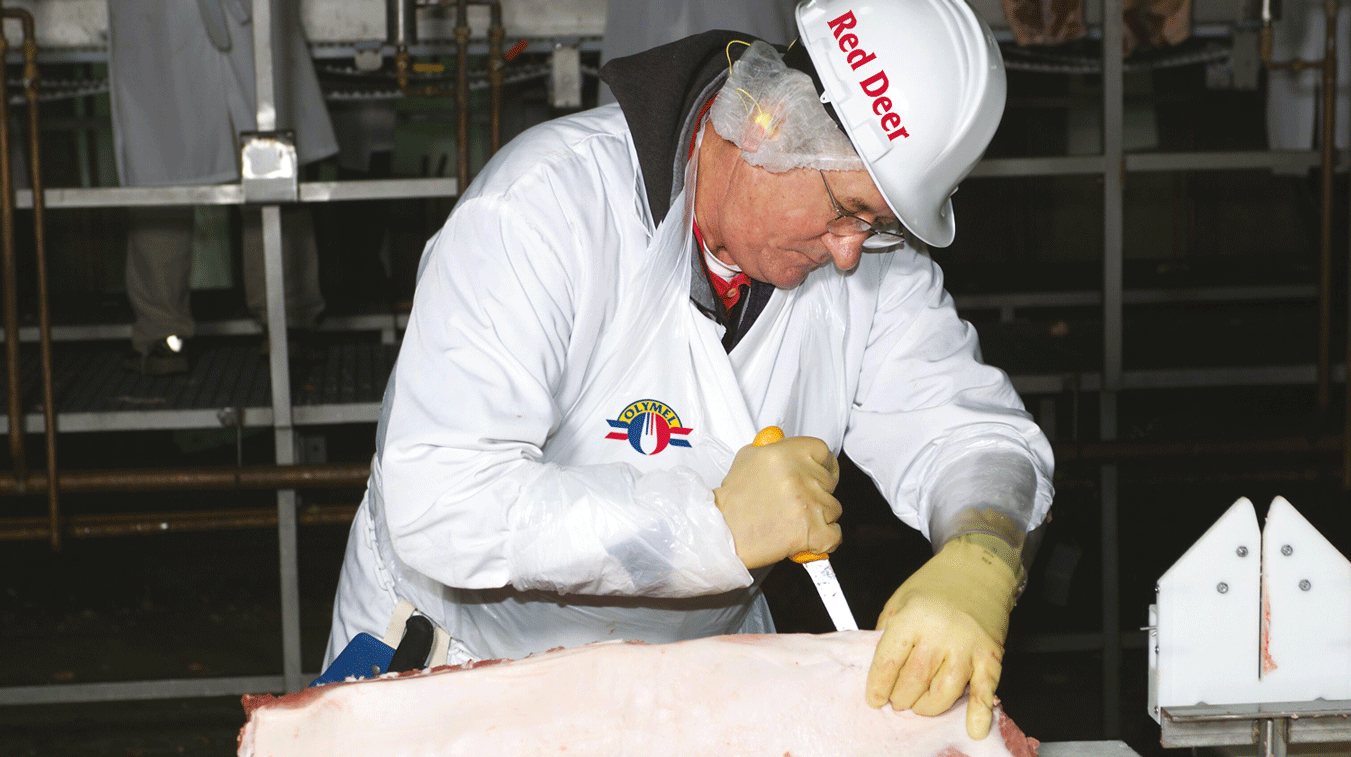
La Coopérative fédérée de Québec devient La Coop fédérée.
See more.La Fédérée et son réseau de coopératives affiliées se dotent d’une image de marque rajeunie qui s’ancre dans les valeurs du passé et se tourne résolument vers l’avenir. La nouvelle signature graphique en noir et vert qui montre les sillons d’un champ symbolise la vocation fondamentale de l’entreprise depuis 1922, et le nom retenu pour la désigner est dorénavant : « La Coop fédérée ». En mettant ainsi en évidence sa principale marque de commerce, soit « CO-OP », l’entreprise se positionne à la fois auprès de ses membres et du public.
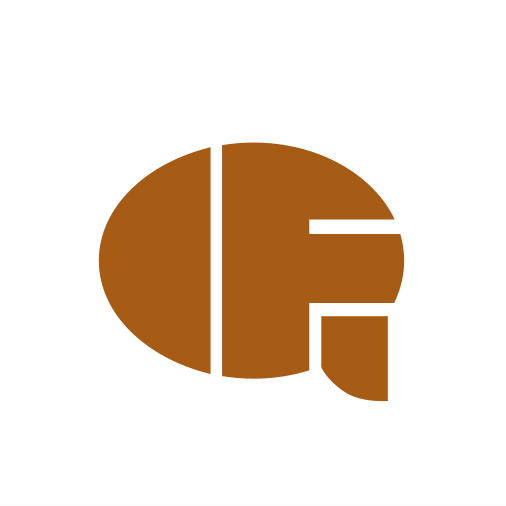
Beginning of expansion outside Quebec in the fertilizer sector through the acquisition of Agronomy Company of Canada and Agrico.
See more.Le Secteur des productions végétales s’efforce d’accroître son offre de services, mais il connait surtout une expansion considérable hors Québec grâce à l’achat de deux entreprises ontariennes : Agronomy en 2008 et Agrico en 2011. Cette importante acquisition permet à La Coop fédérée d’accroître sa pénétration du marché ontarien et de celui des Maritimes. Elle devient ainsi une joueuse majeur dans la vente des intrants en productions végétales dans l’est du Canada.
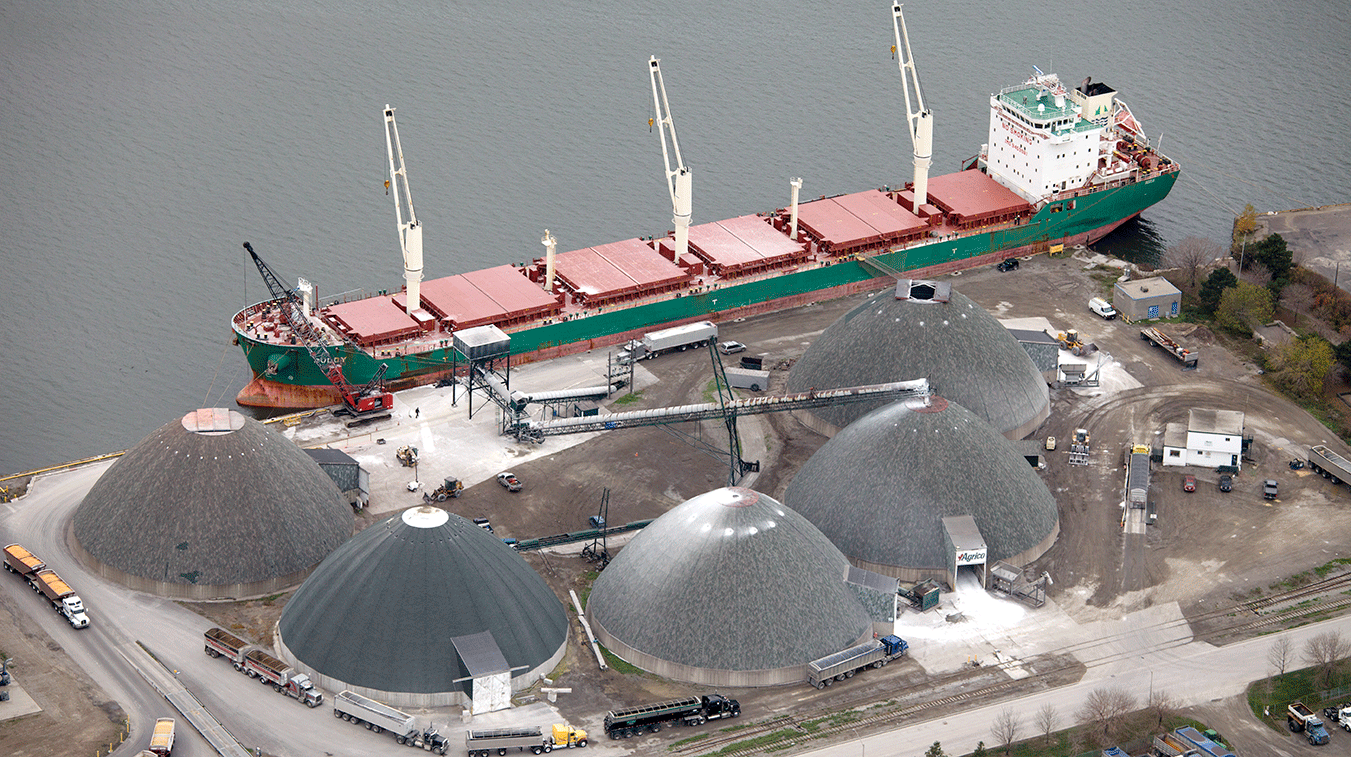
BMR Group, in which La Coop fédérée has held a minority interest since 2013, became a fully owned subsidiary.
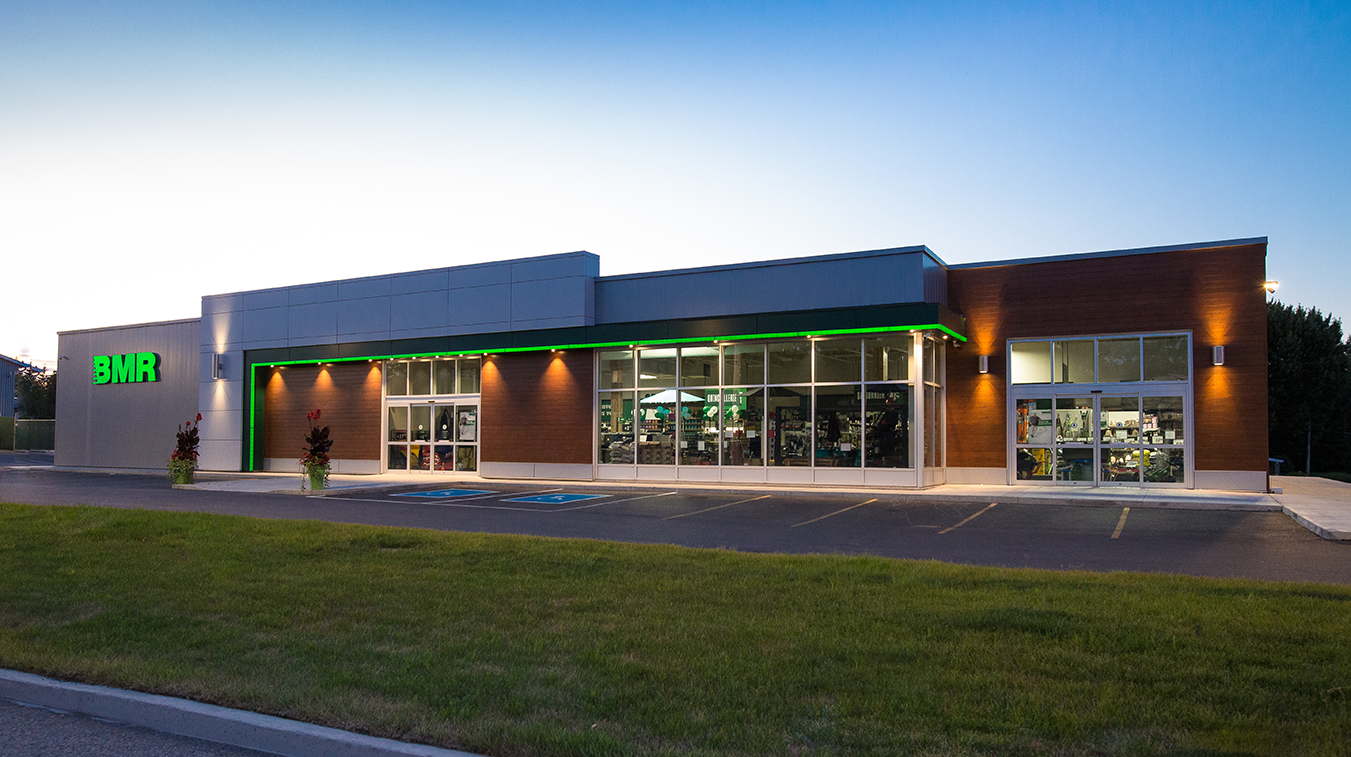
La Coop fédérée combined its energy distribution (Sonic) activities with those of Groupe Filgo. As a result, La Coop’s network became a partner of the new company created from this merger, Groupe Filgo-Sonic, with 50% of the shares.
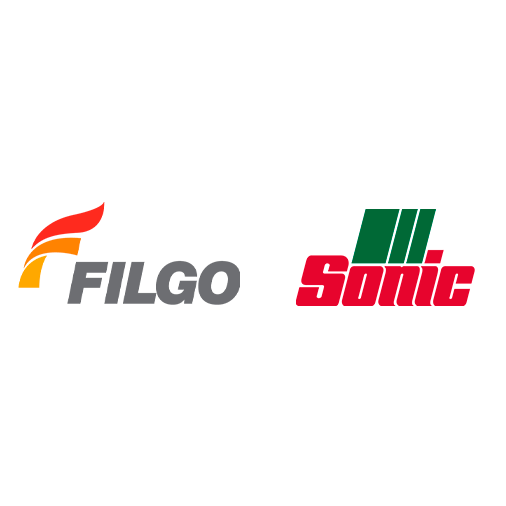
Begun in 2016, the Vision 2020 project took shape in 2018 with the launch of a pilot project for the first regional agricultural partnership with VIVACO groupe coopératif. The modernization project now continues under the name Vision Plus.
Annonce de la conclusion d’une entente par laquelle Groupe BMR se porte acquéreur d’une participation dans l’entreprise Lefebvre & Benoit, un chef de file de la vente de matériaux de construction aux entrepreneurs.
Pour assurer au monde un avenir durable.
La Coop fédérée et ses divisions souscrivent à six objectifs de développement durable de l’ONU (lutte contre les changements climatiques, travail décent et croissance économique, élimination de la faim, bonne santé et bien-être, assainissement de l’eau, ainsi que consommation et production responsables).
Avec la pandémie de COVID-19, Sollio Groupe Coopératif lance l’initiative De nous à vous, à laquelle se sont jointes 17 coopératives agricoles du réseau, afin de remettre plus des denrées alimentaires et de l’argent à des organismes qui viennent en aide aux gens dans le besoin, partout au Québec et dans l’est de l’Ontario.
Sollio Cooperative Group was a proud winner of Canada’s Best Managed Companies.
Building on its cooperative business model, its divisions demonstrated their resilience and adaptability during the COVID-19 pandemic. Production lines were not spared, but by working together, the organization remained agile despite the obstacles it faced.
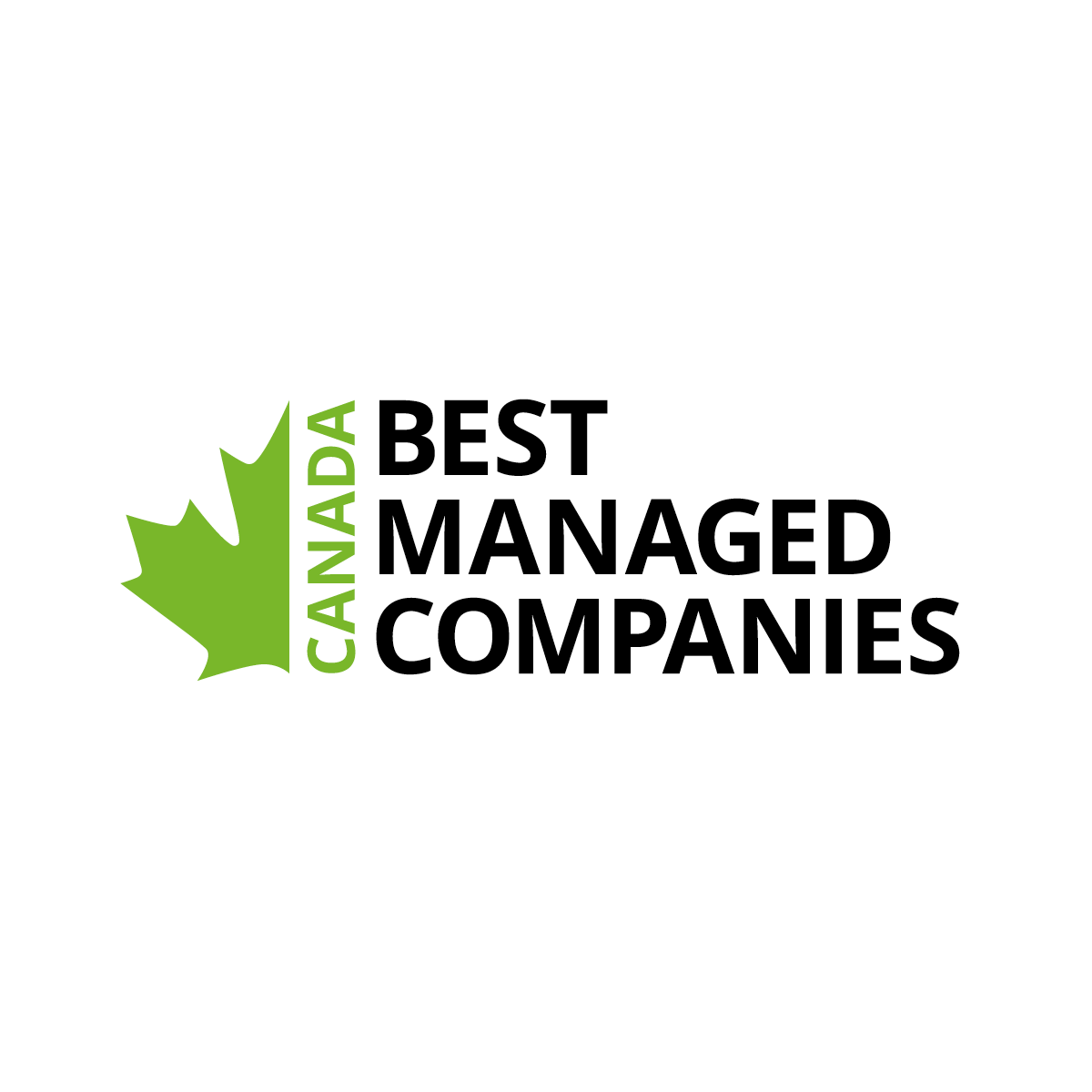
Sollio Cooperative Group celebrates its 100th anniversary—firmly rooted in the present while looking toward the future.
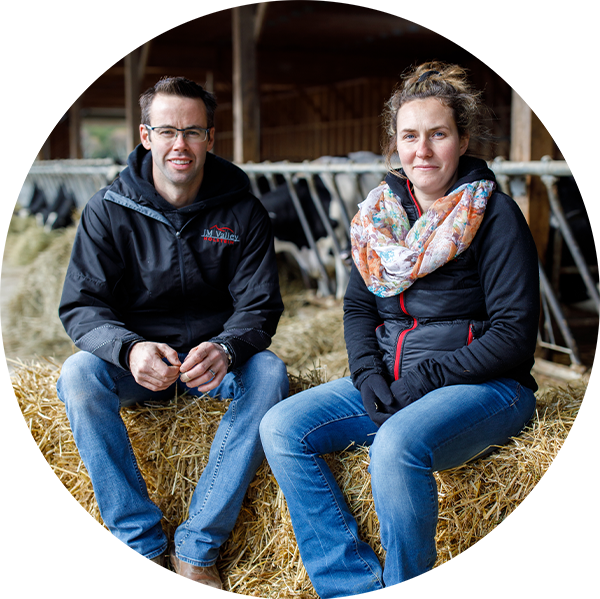
Sollio Cooperative Group celebrates its achievements and learnings over the last 100 years with the publication of a book Sollio Cooperative Group: 100 years of cooperation.
Start reading
